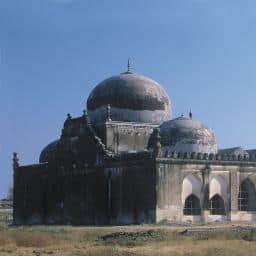The Babri Masjid, located in Faizabad district was one of the largest mosques in the Uttar Pradesh state. According to the mosque’s inscriptions, it was built in 1528–29 (935 AH) by Mir Baqi, on orders of the Mughal emperor Babur.
The site is considered sacred among Hindus as it is believed to be the birthplace of Lord Ram. Muslims argue that the land houses the Babri mosque, where they had offered prayers for years before the dispute.
On 6 December 1992, the demolition of the Babri Masjid by Hindu nationalist groups triggered riots all over India, killing around 2,000 people, many of them Muslims.
After the incident, on 16 December 1992, the government established the Liberhan Commission of India to investigate the demolition of the Babri Mosque. The report found many BJP leaders culpable including Atal Bihari Vajpayee, LK Advani, Murli Manohar Joshi, Kalyan Singh, Pramod Mahajan, Uma Bharti and Vijayaraje Scindia, as well as VHP leaders like Giriraj Kishore and Ashok Singhal.
Since then the case is in the Supreme Court and the demolition of Babri Masjid was a clear violation of the constitutional right to heritage. Therefore, the Ayodhya dispute is not only about ownership of land but also the symbolic destruction of secular heritage.
The so-called Muslim parties involved in the dispute are more interested in the land on which the structure of the 16th-century mosque once stood.
Babri Masjid was not just a mosque, it was a heritage site. Although the mosque was never protected by the Archeological Survey of India as a monument of importance, the historical and archaeological significance of the demolished building cannot be underestimated.
The Ayodhya dispute is not only about ownership of land but also the symbolic destruction of secular heritage.

